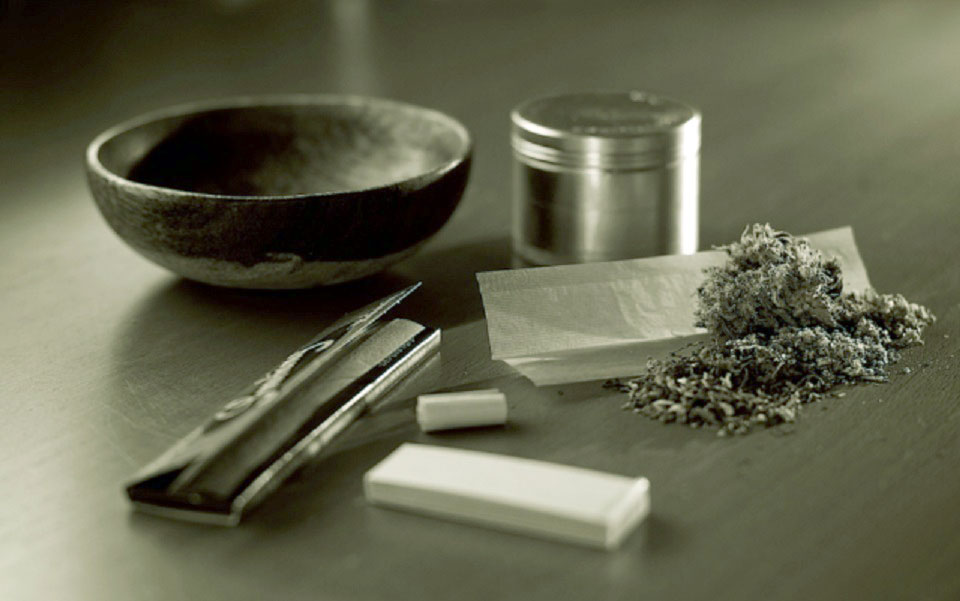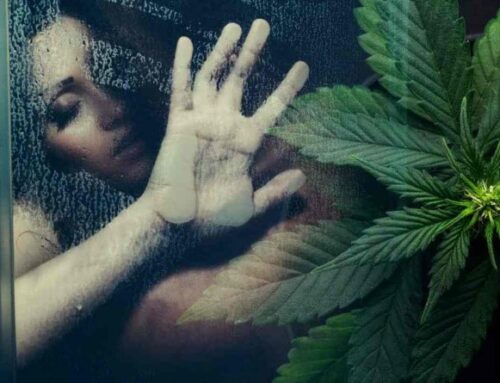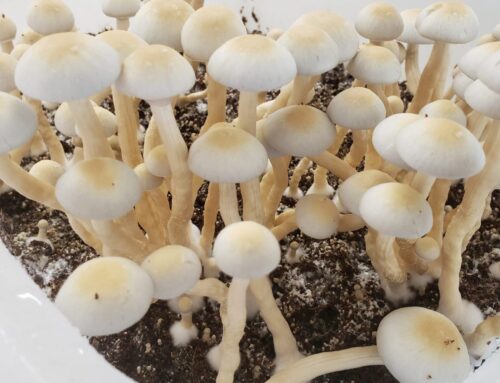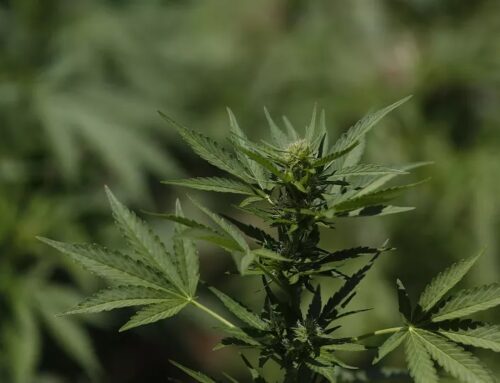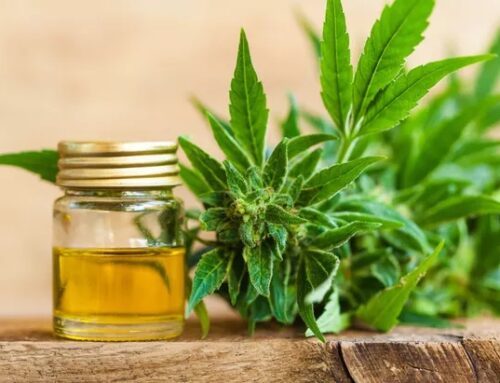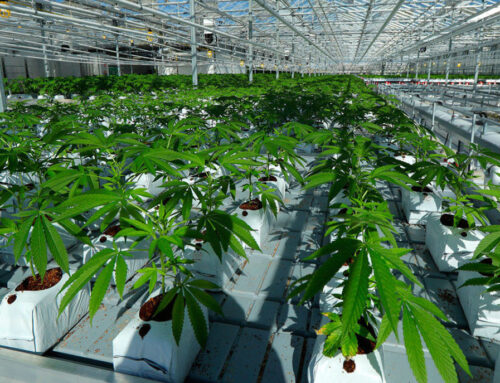Today (mainly due to Dutch influence), the terminology ‘coffee shop’ has taken on a second meaning as one of a place to smoke or to take marijuana.
Find Best Cannabis Clubs in Alicante
Find Best Cannabis Clubs in Barcelona
Find Best Cannabis Clubs in Granada
Find Best Cannabis Clubs in Ibiza
Find Best Cannabis Clubs in Madrid
Find Best Cannabis Clubs in Marbella
Find Best Cannabis Clubs in San Sebastian
Find Best Cannabis Clubs in Sevilla
Find Best Cannabis Clubs in tenerife
Logically coffee shops originally referred to shops or establishments which sold coffee (believe it or not!!). The first coffee shop which opened in London was founded by Pascua Roséé in 1652, apart from coffee and tea they also served chocolate etc. This later became known as the Turks head. Coffee shops (often referred to as coffee houses), were very popular. The Prussian nobleman Baron Charles Louis von Pollnitz, who visited London in 1728, described them as one of the great pleasures of the city. He describes how it is “a Sort of Rule with the English, to go once a Day at least” to coffee-houses “where they talk of Business and News, read the Papers, and often look at one another.” Some very famous companies even started as coffee houses. Lloyds of London, an insurance brokerage company, began as Edward Lloyd’s coffee house on Tower Street around 1688. They were primarily male only establishments. As this poster illustrates women weren’t too happy about this situation. (the year 1674).
This next quote may seem familiar to those who have frequented a modern day ‘coffee shop’.

‘Soon there emerged a distinct difference between the pub and the coffee house, “Rumours of the health benefits of coffee were abundant, and coffee-houses encouraged sobriety, rational thought, and articulate political discussion, whereas taverns merely provided a haven for irreverence and intoxication.”
So how did the modern-day marijuana establishments come to be known as coffee shops?
Amsterdam got its first coffee shop in 1972, located on the Weesperzijde, it emerged as the logical step for friends and likeminded individuals to get together and enjoy some marijuana or hash. So, what was the reason for the success of the coffee shop, essentially, they only dispensed marijuana and extractions, there were other establishments in Amsterdam where you could obtain weed but they also provided heavier drugs and at that point in time the Dutch authorities were more worried about heavier drugs (heroin, cocaine etc.), so they allowed the coffee shops to flourish, and unlike the original coffee shops (coffee houses) women were allowed to go in.
In Spain coffee shops are known as Cannabis Social Clubs (CSC), they are also establishments where (to emphasise the point):
‘Rumours of the health benefits of marijuana are abundant, and coffee-houses encourage sobriety, rational thought, and articulate political discussion, whereas taverns merely provided a haven for irreverence and intoxication.’
The idea of coffee shops and cannabis social clubs, is to enable people who enjoy marijuana a safe environment with good quality marijuana. The coffee shops and clubs promote responsible consumption, they also provide an atmosphere which can encourage mature discussions and a relaxing atmosphere whether you want to just chill out or get involved in the activities. As people find that they know where they can get marijuana without having to hunt it out (often in dangerous areas with very iffy people), their attention starts noticing the extremely positive effects and by coming into contact (in a secure relaxed environment), discussions abound as to the benefits of cannabis in general-not just the relaxing effects of the THC but more importantly the curative effects of CBD.


